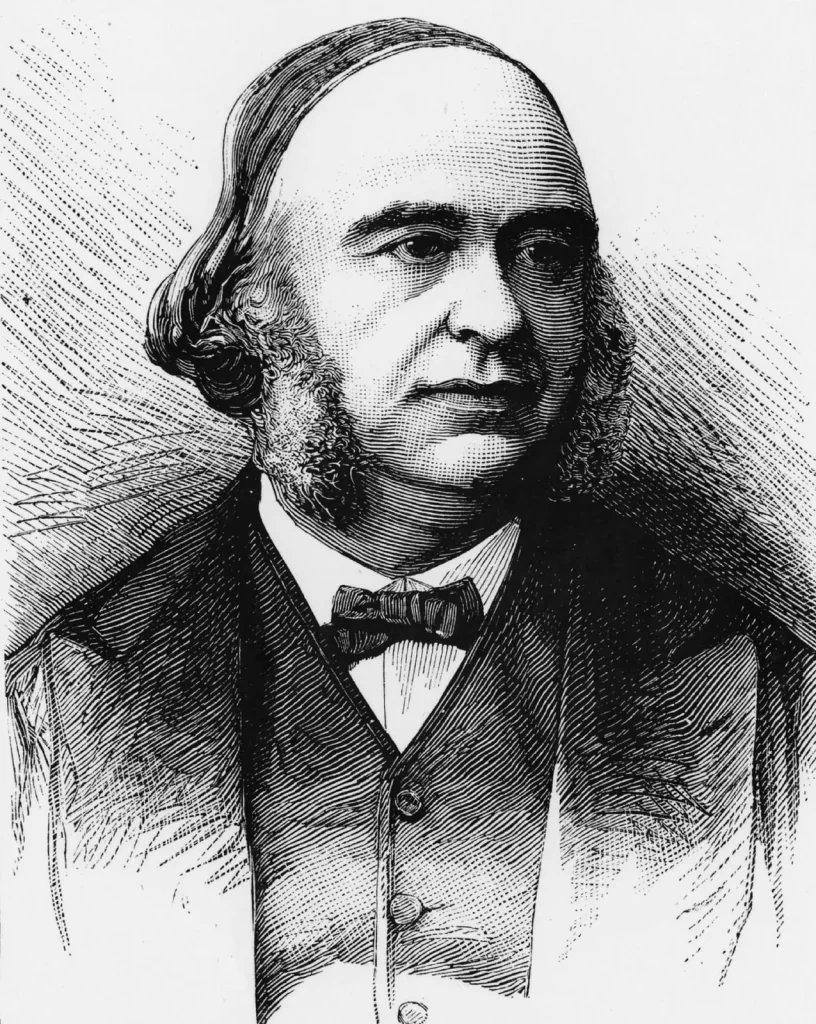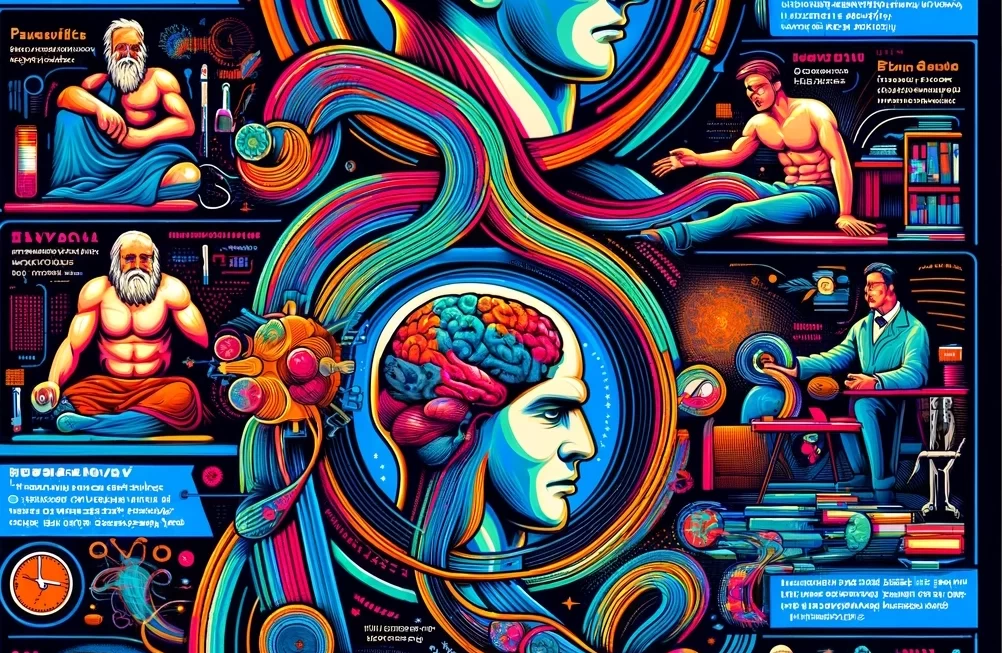Welcome to the fascinating world of biopsychology, a field where the mysteries of the mind meet the laws of biology. This journey is not just for scientists and scholars; it’s a story for anyone curious about how our brains shape who we are, influence our behaviors, and interact with the world around us. Whether you’re a complete novice or simply looking to broaden your knowledge, this article will guide you through the history, key figures, landmark studies, and the evolving theories of biopsychology in an engaging and accessible way.
The Dawn of Biopsychology
Biopsychology, also known as behavioral neuroscience, explores the biological underpinnings of our thoughts, emotions, and behaviors. The roots of biopsychology stretch back to ancient Greece, where philosophers like Aristotle pondered the relationship between the mind and body. However, the field as we know it began to take shape in the 19th century with the advent of new scientific methods for studying the brain and nervous system.
Key Figures and Landmark Studies
- Paul Broca (1824-1880): His discovery of Broca’s area, a region in the frontal lobe responsible for producing language, highlighted the link between specific brain regions and their functions.
- Carl Wernicke (1848-1905): Identified a brain area involved in understanding language, emphasizing the brain’s role in cognitive functions.
- Charles Darwin (1809-1882): His theory of evolution provided a framework for understanding the biological basis of behavior and its adaptation over time.



Evolution of Theories in Biopsychology
Biopsychology has evolved through several key theories, each building upon the last to provide a deeper understanding of the brain-behavior relationship.
- Localization of Function: This theory suggests that specific areas of the brain are responsible for specific functions.
- Plasticity: The understanding that the brain can change in response to experience, a concept that revolutionized how we think about brain injury and rehabilitation.
- Neurotransmission: The study of how neurons communicate through chemical messengers opened new doors for understanding and treating mental health disorders.
Making Biopsychology Accessible
Biopsychology’s journey from a speculative science to a robust field of study demonstrates the power of curiosity, observation, and scientific rigor. Its evolution reflects our growing understanding of the human brain and its complex relationship with behavior, emotions, and cognition.
Biopsychology is a bridge between the biological sciences and the mysteries of the human experience. Its history is rich with discovery, and its future promises even greater insights into the mind-brain connection. As we continue to explore this fascinating field, we unlock new possibilities for understanding ourselves and improving human health and well-being.
FAQs
Q: Can anyone study biopsychology? A: Absolutely! While a background in science can be helpful, there are resources and introductory courses designed for learners of all levels.
Q: How can biopsychology be applied in everyday life? A: Understanding the basics of biopsychology can improve self-awareness, enhance empathy, and inform better health and lifestyle choices.




